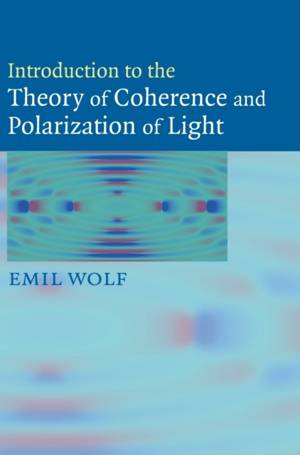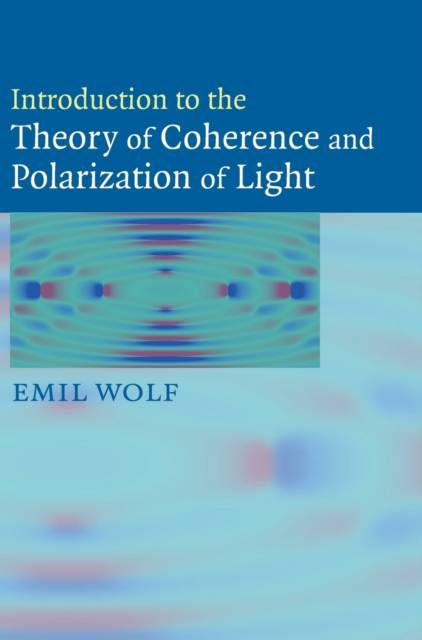
- Afhalen na 1 uur in een winkel met voorraad
- Gratis thuislevering in België vanaf € 30
- Ruim aanbod met 7 miljoen producten
- Afhalen na 1 uur in een winkel met voorraad
- Gratis thuislevering in België vanaf € 30
- Ruim aanbod met 7 miljoen producten
Zoeken
€ 79,95
+ 159 punten
Omschrijving
Before the development of lasers, all available light sources, whether used in laboratories or found in nature, generated light which underwent uncontrollable fluctuations inherent in the emission process. Such fluctuations are detrimental to many applications. This effect is almost completely suppressed in laser radiation, making it possible to use lasers for a variety of applications. The underlying theory of fluctuating optical fields is known as coherence theory. Another manifestation of the fluctuations is the so-called phenomenon of polarization. This book is the first to provide a unified treatment of these two aspects of statistical optics, made possible by very recent discoveries, largely due to the author of this book. This will be of great interest to graduate students and researchers in physics and engineering in optical communications, the propagation of laser beams through fibers and through the turbulent atmosphere, and optical image formation. Each chapter contains problems to aid self-study.
Specificaties
Betrokkenen
- Auteur(s):
- Uitgeverij:
Inhoud
- Aantal bladzijden:
- 236
- Taal:
- Engels
Eigenschappen
- Productcode (EAN):
- 9780521822114
- Verschijningsdatum:
- 22/10/2007
- Uitvoering:
- Hardcover
- Formaat:
- Genaaid
- Afmetingen:
- 177 mm x 254 mm
- Gewicht:
- 621 g

Alleen bij Standaard Boekhandel
+ 159 punten op je klantenkaart van Standaard Boekhandel
Beoordelingen
We publiceren alleen reviews die voldoen aan de voorwaarden voor reviews. Bekijk onze voorwaarden voor reviews.











